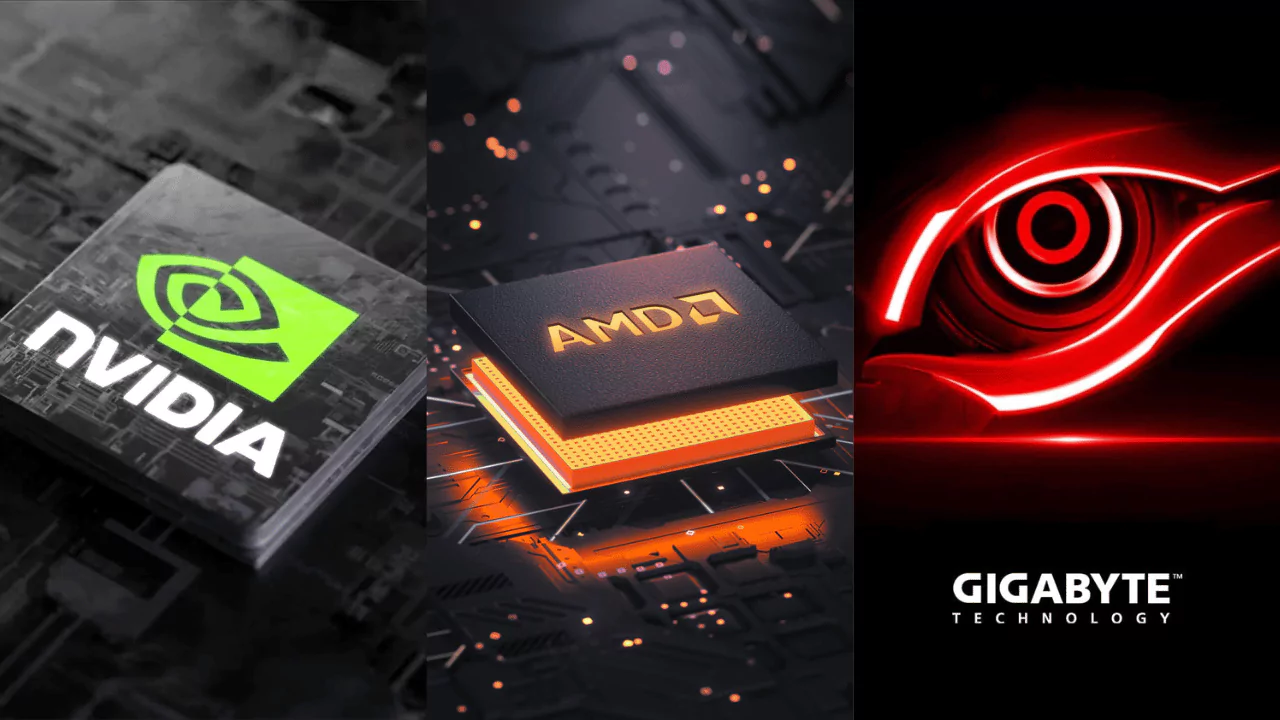Yes, GPU brands can matter when choosing a graphics card, but not necessarily in the way you might think. While the core graphics processing unit (GPU) itself comes from either AMD or NVIDIA, different brands (like ASUS, MSI, etc.) build and customize these chips into unique graphics cards. These brands impact factors like cooling, performance, and features, influencing your final buying decision.
What is a Graphics Card Brand and Why Does it Matter?
Think of a graphics card brand like a car manufacturer. They take the engine (the GPU chip from AMD or NVIDIA) and build the car (the graphics card) around it. This “car” can have different features, like a spoiler for better cooling (a more robust heatsink) or luxurious leather seats (fancy RGB lighting). These features, along with the overall build quality and brand reputation, can make a difference in your purchase.
Here’s a breakdown of some key factors impacted by the brand:
- Cooling performance: Different brands use different cooling solutions, affecting how well the card stays cool and quiet under load.
- Overclocking potential: Some brands offer cards with higher overclocking headroom, allowing you to squeeze out a bit more performance.
- Aesthetics and features: Brands may offer unique designs, RGB lighting, or additional features like extra display outputs.
- Warranty and customer support: Different brands offer varying warranty lengths and customer support experiences.
The Best Graphics Card Brands for AMD
While there’s no single “best” brand, here are some popular options for AMD graphics cards, each with its own strengths:
- PowerColor: Renowned for their robust cooling solutions, particularly their popular Red Dragon series, which often features multiple fans and large heatsinks. This makes PowerColor cards a great choice for users who prioritize quiet operation and excellent thermal performance, especially for overclocking.
- Sapphire: A brand highly regarded by enthusiasts for their exceptional balance of performance and cooling. Sapphire cards frequently use premium components and innovative cooling designs, allowing them to achieve high clock speeds while maintaining good temperatures. This makes them a compelling option for users who demand both top-tier performance and efficient cooling.
- XFX: Known for delivering competitive pricing on their graphics cards, making them a solid option for budget-conscious buyers. XFX cards often strike a good balance between price and performance, offering decent out-of-the-box clock speeds without breaking the bank. This makes them suitable for users who want a capable graphics card without overspending.
- AMD Themselves: AMD also produces reference design cards, typically featuring blower-style coolers (a single fan that pushes air out the back of the card). These can be a good option for specific cases with limited space, but they may not be the quietest option.
The Best Graphics Card Brands for Nvidia
Similar to AMD, here are some notable brands for Nvidia graphics cards:
- PNY: Often the most budget-friendly option among Nvidia card manufacturers, making them a good choice for price-conscious gamers. They also frequently use blower-style coolers, which can be beneficial for space-constrained builds where traditional dual-fan or triple-fan coolers might not fit. However, it’s important to note that blower-style coolers can be louder than their multi-fan counterparts.
- ZOTAC: A brand known for its expertise in crafting compact graphics cards, perfect for building compact PCs. These cards are often shorter in length and utilize unique cooling solutions to manage heat dissipation within the limited space. While they may not be the most powerful options on the market, they excel in providing decent performance in a small package, making them ideal for users with limited space constraints.
- Nvidia Themselves: Similar to AMD, Nvidia also offers reference design cards with blower-style coolers. These cards typically offer a more basic design and are cooler compared to custom cards from other brands, but they can be a suitable choice for users who prioritize a lower price point or need a card that fits in a specific space constraint. However, like AMD’s reference cards, they may not be the quietest option.
How to Choose the Right Graphics Card Brand?
Here are some key factors to consider when choosing a graphics card brand:
- Budget: This is a crucial factor, as graphics card prices can vary significantly. Determine how much you’re willing to spend on a graphics card and look for brands that offer cards within your price range. Consider the cost-to-performance ratio, aiming to get the most performance for your budget. You may need to adjust your expectations based on your budget, as higher-end cards from any brand will typically offer better performance than budget-friendly options.
- Cooling performance: Consider your case airflow and prioritize brands known for good cooling if noise is a concern.
- Reviews and customer feedback: Read reviews and check customer feedback to get insights on real-world performance, build quality, and customer support experiences.
- Custom vs. reference design: Decide between a custom card (with a unique cooler and potentially higher performance) or a reference design card (typically from AMD or Nvidia themselves, often with a blower-style cooler).
- Brand reputation and warranty: Research the brand’s reputation for quality and customer service, and compare warranty lengths offered by different brands.
Ultimately, the “best” graphics card brand depends on your individual needs and preferences. By considering these factors, you can make an informed decision and choose the brand that best suits you.







